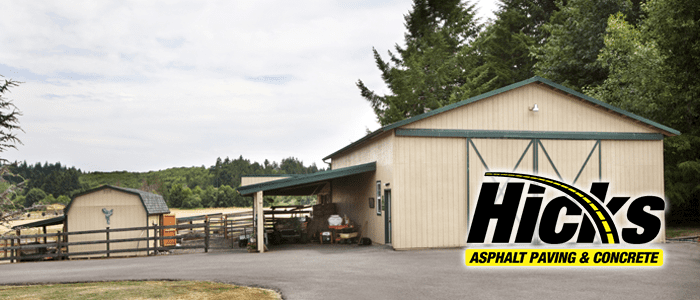Textile reinforced concrete (TRC) is a durable and moldable building material that is suitable for lightweight construction. Researchers at Fraunhofer Institute for Wood Research are replacing conventional textiles like carbon or glass-fiber with natural fibers. Natural fibers leave a smaller carbon footprint and cost less to make.
What Does It Do?
Their flax-based textile alternative has a variable stiffness that can be cast to create curved contours, or any desired shape. Researchers can add strands of polymer fiber to the flax to create a tailored hybrid fabric. The final material mix consists of a fine aggregate, water, concrete additives and admixtures, and the natural reinforcing textile. A prototype natural fiber-reinforced concrete bridge will be presented at the 2019 BAU trade fair for architecture, materials, and trade systems.
The use of natural fibers in making concrete is recommended since several types of these fibers are available locally and are plentiful. The idea of using such fibers to improve the strength and durability of brittle materials is not new; for example, straw and horse hair go into bricks and plaster.
Types of Natural Fibers
Natural fibers that are suitable for reinforcing concrete and are easily available in developing countries can be broadly classified. Scientists tried wood fibers as reinforcement in cement concrete productions. Hast fibers include hemp, flax, and ramie. These fibers are purportedly stronger than other vegetable fibers and possess a higher modulus of elasticity. Among the leaf fibers, sisal is one of the most important and is plentiful in many tropical countries. Among the seed and fruit fibers, coconut or coir is purportedly most suitable for concrete.
Previous studies have been concerned with the use of sisal and coconut fibers in making corrugated roofing sheets and ribbed or folded plates. Fibers derived from palm trees are considered to be stronger than coconut fibers, and a detailed investigation of their use is worth pursuing. Scientists also want to investigate the use of bamboo fibers. Many types of bamboos are available in tropical countries, and their fibers may be suitable as reinforcement in concrete products.
Scientists report that the mechanism for metallic fiber reinforcements are also valid for natural fibers. Experimental investigations reported from Bangladesh indicate that the addition of jute and coconut fibers decreases the compressive strength and increases only slightly the tensile strength of the concrete composites.
Studies
The combination of flax and concrete proved in trials to be an ideal composite, as confirmed by durability and load-bearing tests on the new, eco-friendly textile-reinforced concrete. “The natural fibers mesh very well with the building material, which is also attributable to the fact that we can control how the textile is fixed in the concrete. The textile’s specific surface is variable,” says the researcher.
TRC made of renewables enables builders to erect light and lean bridges that may also be crossed by motor vehicles. “A reinforced concrete bridge with a span of 15 meters would be about 35 to 40 centimeters thick, while its flax counterpart would be considerably slimmer at 12 to 16 centimeters. This saves a lot of material. Thin layers are doable,” says Binde. Researchers’ efforts to optimize the innovative building material continue while approval from building authorities is pending.





